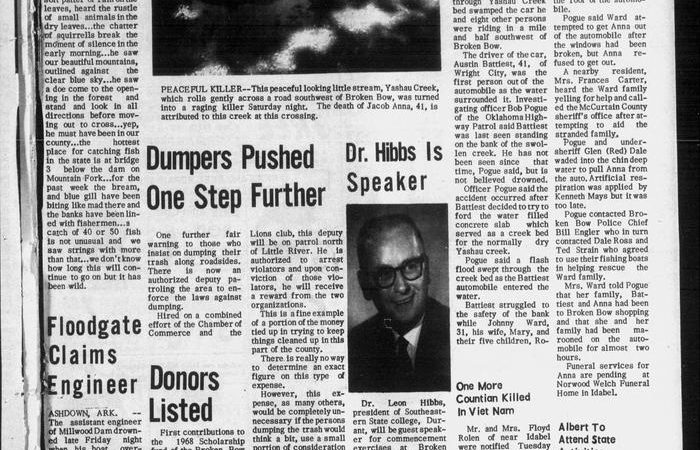A Company Bought a Computer for $1,500 and Sold it for $300 Three Years Later:

When a company purchases an asset, such as a computer, it is expected to use it for a certain period before disposing of it. Over time, the value of the asset decreases due to wear and tear, and this decrease in value is referred to as depreciation. In this article, we will analyze a scenario where a company bought a computer for $1,500 and sold it for $300 three years later. We will discuss the concept of depreciation, how it affects the value of the asset, and how the disposal of the asset is recorded in the company’s financial statements.
Depreciation: How it Affects the Value of an Asset
Depreciation is the decrease in the value of an asset over time due to wear and tear, obsolescence, or other factors. The purpose of depreciation is to allocate the cost of the asset over its useful life, which is the period during which the asset is expected to generate revenue for the company. There are various methods of calculating depreciation, but the most common method is straight-line depreciation, which spreads the cost of the asset evenly over its useful life.
In the scenario where a company bought a computer for $1,500, assuming a 5-year estimated service life and straight-line depreciation, the annual depreciation expense would be $300 ($1,500 divided by 5 years). After three years, the accumulated depreciation would be $900 ($300 x 3 years), which means that the net book value (NBV) of the computer would be $600 ($1,500 minus $900).
Asset Disposal: Recording the Sale of an Asset
When a company disposes of an asset, it must record the transaction in its financial statements. The disposal of an asset can occur due to various reasons, such as obsolescence, damage, or sale. In the scenario where the company sold the computer for $300, it would need to record the transaction in its financial statements.
The journal entry to record the disposal of the computer would be as follows:
Date | Account Titles and Explanation | Debit | Credit
— | — | — | —
[3] | Cash | $300 |
| Accumulated Depreciation – Computer | $900 |
| Computer | $1,500 |
The debit to Cash represents the amount received from the sale of the computer, while the credits to Accumulated Depreciation – Computer and Computer represent the accumulated depreciation and the original cost of the computer, respectively. The difference between the credits and the debit represents the gain or loss on the sale of the asset.
Gain or Loss on Sale of Asset
In the scenario where the company sold the computer for $300, the gain or loss on the sale would be calculated as follows:
Sale Price – Net Book Value = Gain or Loss on Sale
$300 – $600 = -$300
The negative sign indicates that there was a loss on the sale of the asset. This loss is recorded as an expense in the company’s financial statements and is referred to as a loss on sale of asset.
Conclusion
In conclusion, when a company purchases an asset, it is expected to use it for a certain period before disposing of it. Over time, the value of the asset decreases due to wear and tear, and this decrease in value is referred to as depreciation. When a company disposes of an asset, it must record the transaction in its financial statements. The disposal of an asset can occur due to various reasons, such as obsolescence, damage, or sale. The gain or loss on the sale of the asset is calculated by subtracting the net book value of the asset from the sale price. In the scenario where a company bought a computer for $1,500 and sold it for $300 three years later, the loss on the sale of the asset was $300.






